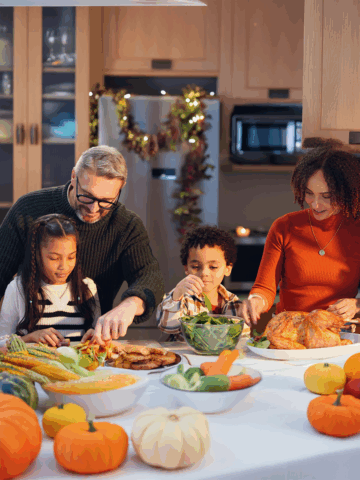By Stephanie Nathanson, registered dietitian at CHOC
With summertime approaching, it’s time to grab your sunscreen, your beach towel, your picnic basket, and hiking boots and get outdoors! There are countless opportunities for outdoor activities, especially during the summer heat, but packing meals and snacks can be a bit of a puzzler. What can I bring that will keep me satisfied for an action-packed day, without spoiling rotten or getting mushy in my backpack?
Not only should you consider what to pack up for a full day in the sun, but how do you keep foods safe? One important consideration is to keep hot foods hot, and cold foods cold. Most bacteria do not grow rapidly at temperatures below 40 degrees, and above 140 degrees. The temperatures in between are known as “the danger zone” because bacteria multiply quickly and can reach dangerous levels after two hours, or after only one hour if it’s toastier than 90 degrees outside.
When planning a daylong hike or outing, pack enough food for one meal plus snacks. Aim for primarily non-perishable items. To keep cold foods cold, consider freezing a water bottle or juice box to use as an ice pack. After you eat your snack you’ll have a refreshing, cold drink.

Snack and meal ideas for summer days:
- Peanut butter sandwich with sliced banana and honey
- Protein/energy bars
- Beef jerky
- Individual nut butter packs
- Canned tuna or chicken – mix with avocado instead of mayonnaise to eliminate the risk of bacterial growth
- Dried fruit and nuts
- Homemade trail mix recipes:
- Almonds, walnuts, peanuts, cashews, pecans, raisins
- Walnuts, pumpkin seeds, sunflower seeds, cinnamon, nutmeg, sea salt, dried apricots, dried cranberries
- Cashews, brazil nuts, dried mango, coconut flakes, banana chips
- Create your own mix and match of nuts and seeds + dried fruits including: almonds, cashews, walnuts, pecans, pistachios, brazil nuts, hazelnuts, sunflower seeds, pumpkin seeds, apples, mango, blueberries, cranberries, cherries, goji berries, figs, dates, apricots, pineapple, raisins, banana chips. *Caution with adding chocolate bits as they may melt in the heat.
Weekend camping trips
For longer trips, you will need to pack a cooler filled with ice for meat and other perishable items. An ice block will last longer than cubes, unless you are located near a convenience store to replenish your ice supply each day. Remember to pack a thermometer to ensure cooking temperatures are satisfactory within FDA standards.
- Cook burgers made of raw ground beef, pork, lamb and veal to an internal temperature of 160°F
- Heat hot dogs and any leftover food to 165°F
- Cook all poultry to a minimum internal temperature of 165°F
- Cook all raw beef, pork, lamb and veal steaks, chops and roasts to a minimum internal temperature of 145°F
- All cold food items should be below 40°
The rule of thumb for day outings and overnight camping trips is to plan ahead. Decide beforehand what you are going to eat and how you are going to prepare it, including the equipment you will need.
- Bring a cooler if needed, especially for overnight trips.
- Keep raw foods separate from other foods.
- Bring a cold source, such as ice packs or frozen juice boxes, to keep cold foods, such as meat and dairy products, cold.
- Don’t forget your biodegradable soap for dishwashing.
- Bring bottled water for drinking and teeth brushing, or check out in advance if you will have access to a filtered water source.
Get more expert health advice delivered to your inbox monthly by subscribing to the KidsHealth newsletter here.
Learn more about CHOC’s Clinical Nutrition Program
At CHOC, we specialize in providing a full continuum of pediatric nutrition services, including inpatient and outpatient services, depending on our patients’ needs.





